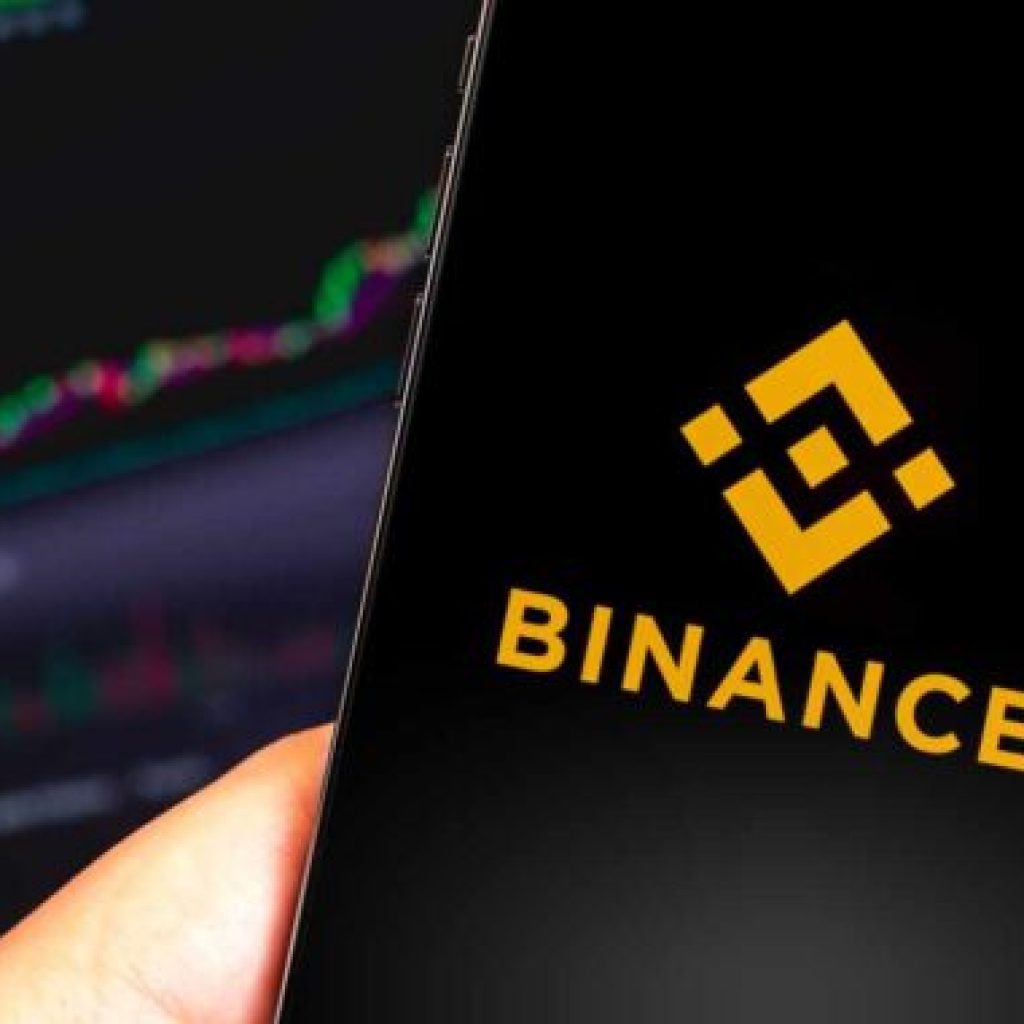Stablecoins, as scrutinized in a recent study by the Bank for International Settlements (BIS), appear to lack fundamental mechanisms crucial for ensuring stability in money markets compared to their fiat counterparts. The study argues that a model assigning regulatory control to a central bank would outperform private stablecoins in terms of reliability and stability.
BIS compares stablecoins with other USD settlements mechanisms
Taking a “money view” approach, the study draws parallels between stablecoins and onshore/offshore USD settlement mechanisms, shedding light on vulnerabilities in stablecoin settlement systems. In established markets such as Eurodollars and foreign exchange (FX), when private bank credit faces constraints, central bank credit intervenes to safeguard parity in global dollar settlements. An illustrative example is the financial crisis of the late 2000s, where the Federal Reserve executed a $600 billion liquidity swap with other central banks, employing a sophisticated institutional apparatus to maintain parity.
Stablecoins serve as a conduit between on-chain and off-chain funds, striving to preserve parity with the fiat USD through various mechanisms, including reserves, overcollateralization, and/or algorithmic trading protocols. The BIS study underscores the importance of reserves, characterizing them as “an equivalent value of short-term safe dollar assets.” It contends that stablecoins might erroneously assume solvency—long-term demand-meeting capacity—based on their liquidity, which addresses short-term demand. This liquidity can be derived from reserves or algorithmic strategies.
The study highlights that reserves are inherently tied to the fiat money market, correlating stablecoin stability with the conditions of the fiat money market. During periods of economic stress, traditional banking systems deploy mechanisms to uphold liquidity both onshore and offshore, mechanisms that stablecoins lack. The study cites a recent banking crisis as an example, where central banks found themselves unintentionally providing lender-of-last-resort support not only to traditional banks but also to stablecoins holding substantial deposits at these banks.
Stablecoins and the regulated market
Maintaining parity among stablecoins and addressing issues related to bridges between different blockchain platforms are identified as significant challenges. The study draws a parallel between blockchain bridges and foreign exchange dealers, noting their reliance on credit to manage imbalances in order flow. However, stablecoins face challenges in this regard, exacerbated by higher interest rates commonly observed in on-chain activities. To address these challenges, the study proposes the Regulated Liability Network as a potential solution.
In this model, all claims are settled on a single ledger within a defined regulatory perimeter. The inclusion of the central bank in a comprehensive banking system imparts credibility that private crypto stablecoins may lack. The BIS, recognizing the increasing prominence of stablecoins, has been actively monitoring their developments. A study released earlier in November detailed instances where stablecoins failed to maintain their pegged value. This, coupled with the legislative attention stablecoins are receiving abroad, underscores the growing significance of stablecoins in the evolving landscape of global finance.
The study emphasizes the potential shortcomings of stablecoins in comparison to traditional fiat systems, particularly during economic stress. It suggests that a model involving regulatory control by a central bank, as exemplified by the Regulated Liability Network, could provide a more robust solution to the challenges faced by stablecoins. The heightened attention from the BIS and global legislative scrutiny further underscores the increasing role and impact of stablecoins in the contemporary financial sector.





